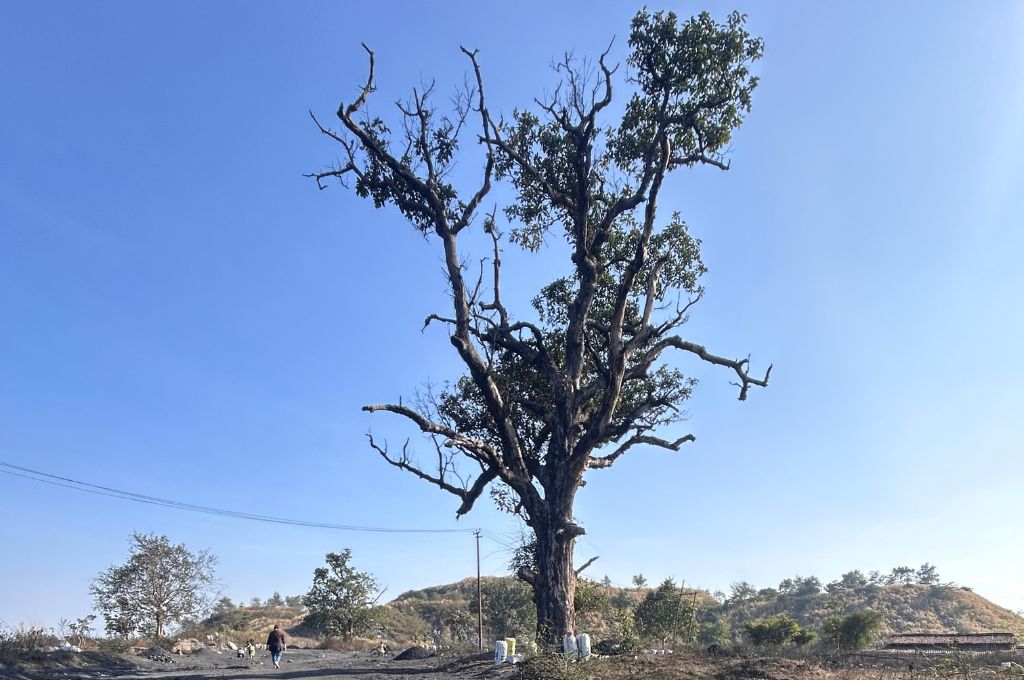Power play: Why a village in Uttar Pradesh doesn’t have electricity
In 2017, a solar power plant was installed in the village of Madarnagar in Unnao district, Uttar Pradesh. The plant was set up by a Delhi-based company, Arise India Limited, under the Mini-Grid Policy, which seeks to enhance electrification in rural areas that do not have access to the national grid. The policy facilitates private developers to set up solar plants to power rural households and collect tariffs directly from consumers.
For almost a year, the plant provided electricity to all households, shops, and small businesses in Madarnagar. “It was installed outside the village. Free connections were given to about 400 homes, including mine. We were told we would get free electricity for five years, with each family receiving 100 watts per day to power a tiny bulb and a fan. It was a relief as my children could study under an electric light, and my wife could cook in the kitchen,” says Hasim Khan, a resident of the village.
However, all connections were abruptly cut off, forcing residents such as Hasim to rely on emergency lamps.
Ramesh Kumar Gupta, an operator at the solar plant, says, “We ran the plant 24×7 for almost a year, but then some officials took issue and directed us to run it from 11 am to 2 pm and again from 6 pm to 10 pm. After two months, another set of officials from Lucknow turned up and told us to shut it down permanently until ordered otherwise.”
Madarnagar panchayat chief Bacchu Lal says that he approached officials from the New and Renewable Energy Development Agency (NEDA)—the nodal agency for renewable energy in Uttar Pradesh—about reopening the plant. But he was told that the NEDA can’t help; the agency instead asked him to solve the problem by using the gram panchayat fund set aside for the development of the village.
The NEDA however insists that Arise India Limited is to be blamed for the situation. Nepal Singh, an executive engineer with the NEDA, says, “Arise India Limited was responsible for the operation for five years, but they abandoned the project midway without due reason. We will write to the government to restart the plant and also take legal action against the firm.”
While officials keep passing the buck, the plant that was supposed to illuminate the lives of the Madarnagar residents currently stands in total disrepair, with layers of dust settled on the equipment and the batteries inside.
Sumit Yadav is a freelance journalist based in Uttar Pradesh.
This is an edited excerpt from an article that was originally published on 101 Reporters.
—
Know more: Learn whether Uttarakhand’s solar self-employment scheme can create long-term livelihoods.
Do more: Connect with the author at [email protected] to learn more about and support his work.



